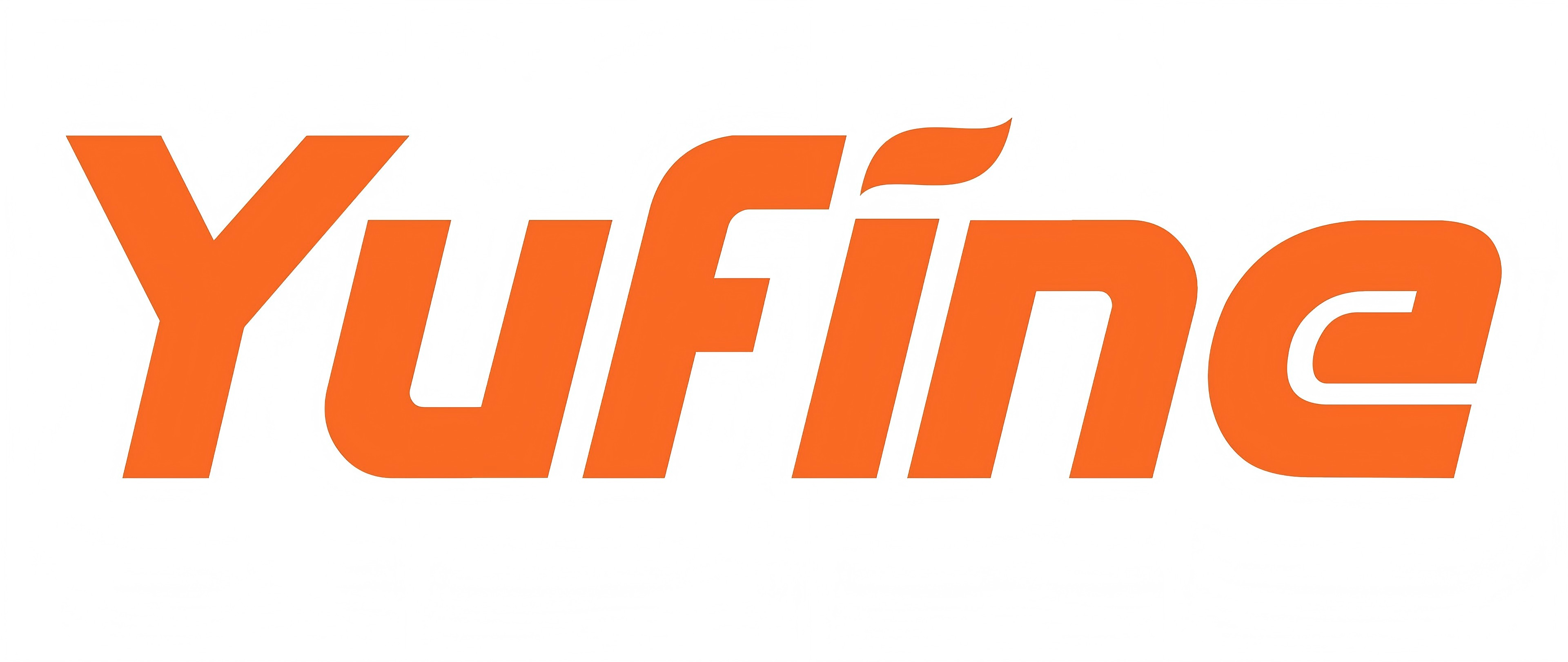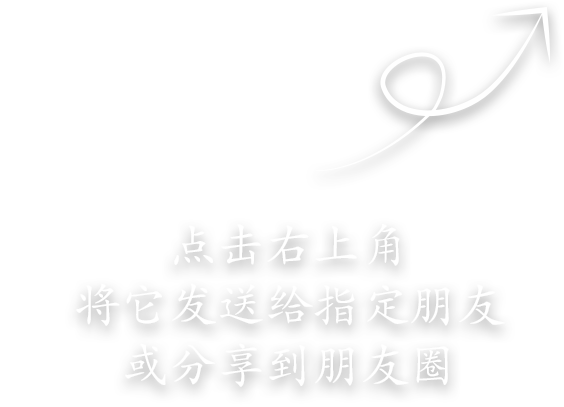Global pet food industry profile
According to Grand View Research, the global pet food market reached $43.7 billion in 2023 and is expected to continue to expand in the next few years, with an average annual growth rate (CAGR) of 7.5%. By 2025, the market size is expected to be close to $50 billion. Based on global market trends, the global pet food market between 2025 and 2040 will be driven by the following aspects:
·
Rapid growth in emerging economies: With the global spread of pet culture, especially in emerging markets such as Asia, Latin America and Southeast Asia, the demand for pet feed is growing rapidly. The rise of the middle class and the improvement of living standards in these areas have greatly increased the consumption power of the pet market.
·
Pet humanization and high quality needs: Modern pet owners increasingly tend to provide nutritious, healthy and natural food for their pets. Pet food has gradually shifted from traditional basic feed to functional feed, customized feed and high-end natural and organic products.
·
Sustainability and Innovative Products: The global pet food industry is rapidly adopting more sustainable raw materials (such as plant protein, insect protein) and environmentally friendly packaging, in response to consumer demand for environmental protection, animal welfare, and transparency in food sources.
·
The industrial chain of the global pet feed industry involves many links, specifically as follows:
·
Raw material procurement: The main raw materials of pet food include meat, grains (such as corn, wheat), vegetables and fruits, protein sources, etc. As the demand for natural foods and healthy ingredients increases, non-traditional protein sources (such as plant proteins and insect proteins) are also starting to enter the market.
Manufacturing: In the production process, advanced formula technology and nutritional balance have become important standards for pet food production. At the same time, more and more manufacturers are introducing functional ingredients (such as probiotics, Omega-3 fatty acids, vitamins, etc.) and customized formulations for the specific needs of pets.
Distribution channels: The global distribution channels of pet food include offline pet stores, large retailers (such as Wal-mart, Costco, etc.), e-commerce platforms, and more and more customized direct sales. With the rapid development of e-commerce platforms, online sales channels have taken a significant share of the pet food market, especially in the United States, Europe and Asia.
·
Retailers: The ultimate retailer of pet food mainly includes specialized pet retail stores, supermarkets, pet supplies stores and Internet platforms. Among them, the rapid expansion of e-commerce channels, especially in developed markets and emerging markets, drives the growth of online retail sales.
·
According to the Euromonitor International report, the main market distribution of the global pet food market in 2023 is:
·
North America: It accounts for about 40% of the global pet food market, of which the United States is the worlds largest pet food market. The total value of the US pet food market is expected to exceed us $25 billion in 2025, and the main consumer groups are pets such as cats and dogs, and there is a strong demand for high-end and functional pet food in the market.
·
Europe: about 30%, with Germany, France and the UK being the main markets. Consumers tend to choose high-quality, grain-free, natural-ingredient pet foods.
·
Asia-Pacific region: the fastest growth in recent years, accounting for about 20% of the global pet food market. China, India, Japan and Southeast Asian countries saw particularly significant growth in pet food consumption, especially the demand for pet food by the middle class group in China.
·
02
2.1 Overview of the pet food industry in China
Chinas pet industry has experienced rapid development in the past decade. According to Statista data, the size of Chinas pet food market has reached about $14 billion (102.6 billion yuan) in 2023, and is expected to exceed $20 billion by 2025, with an average annual growth rate (CAGR) of 12.5%. This makes China one of the worlds fastest-growing pet food markets.
·
Increasing number of pets: With the acceleration of urbanization in China, more and more young people choose to keep pets, and the number of pets is increasing rapidly. According to a report by the China Pet Industry Association (CPCA), the number of pet dogs and pet cats in China reached 125 million and 70 million respectively in 2023, and the number is expected to grow further by 2025.
·
Change of pet consumption concept: from the previous simple pet raising to pay more attention to the health, nutrition and quality of life of pets. More and more pet owners are willing to buy high-quality, functional foods, such as products supplemented with probiotics, Omega and 3 fatty acids.
·
The rapid development of e-commerce platforms: online shopping platforms (such as Tmall, Jingdong, Pinduoduo, etc.) are booming. Especially after the epidemic, more consumers choose to buy pet food through e-commerce platforms. According to data from IMedia, online sales of pet food in China exceeded 60 percent in 2023.
·
Domestic production capacity and technological progress: Large domestic pet feed manufacturers have been continuously improving in raw material procurement, production technology and formula technology, and some enterprises have been able to produce high-end pet food that meets international standards. China has also gradually become one of the most important production bases of international pet food brands.
·
2.2 Segmentation of the Pet food market in China
·
Main categories: Currently, the most popular pet food categories in the Chinese market include cat food, dog food, snacks and wet food. According to Euromonitor data, Chinas dog food market accounted for more than 50 percent of the pet food market in 2023, followed by cat food, or about 35 percent.
·
Functional and customized feed: With the improvement of pet health and nutrition awareness, functional foods have become the choice of more and more pet owners. It includes not only daily nutritional supplements, but also special formulations for pet health problems, such as joint care, skin health, and immune enhancement.
Imported brands and domestic brands: Although Chinas local pet food market has gradually matured, imported brands (such as Royal, Hills, Beauty, etc.) still occupy a large share in the high-end market. In recent years, domestic brands (such as Boqi, Condor, Jindun, etc.) have performed well in the middle and low-end markets, especially in their sales performance on e-commerce platforms.
·
2.3 Technology and innovative development of Chinas pet food industry
·
Intelligent production and precision formulation technology: With the progress of science and technology, pet food manufacturers are gradually integrating big data, artificial intelligence (AI) and Internet of Things (IoT) technology into production and product development. Through real-time data analysis, these technologies can realize the intelligence and optimization of the production process, and greatly improve the production efficiency and product quality. In particular, through the precise formula technology, pet food can provide customized nutrition programs according to the age, weight, health status and other data of pets, which further improves the personalization and functionality of pet food.
·
According to the Mordor Intelligence report, the global smart pet food market is expected to reach $1.6 billion in 2025, with an average annual growth rate (CAGR) of 12.2%. Chinese pet food producers are also actively following this trend, investing in technology research and development to promote the popularity of precision recipes and customized services.
·
Application of natural and functional raw materials: In recent years, as consumers pay more attention to pet health issues, natural, grain-free, organic ingredients (such as grain-free formulations, vegetable and fruit ingredients) and functional additives (such as probiotics, Omega-3 fatty acids, amino acids, etc.) have become an important part of pet food. Natural and functional pet food is growing rapidly, with the global functional pet food market expected to reach $10 billion by 2025, and also showing strong growth in the Chinese market.
For example, Canon (Nestle Purina) launched a range of high-end pet food products with grain-free recipes, which quickly gained market share in the Chinese market. This trend has been accelerated by the rising Chinese consumer demand for rich nutrients, natural ingredients and functional additives.



